There is a consistent development in the smartphone industry and users' demand is also increasing rapidly. As the demand for high-quality multimedia increases so is the demand for better internet connection. In time past, all we need for entertainment is a funny written text with a few images to describe the situation. However, we have since moved past that era. Nowadays, short videos have surpassed pictures and texts as the most popular form of entertainment. The popularity of TikTok, Likee, and others is a clear example of the popularity of short videos. These videos not only provide leisure time but also greatly reduce the threshold for creating video content. Just take a picture and share, let us enter the era of creators for all people.
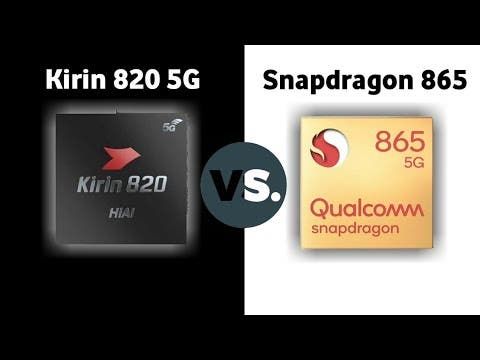
With this development, uploading videos is now a common thing for many users. While shooting videos is momentary, uploading these videos is a different ball game. Taking 4G mobile phones as an example, most of the time downloading is sometimes only close to the 7M/s rate. Nevertheless, when uploading, the speed will be about half the downloading speed. If you are in an area where a lot of people are on the internet, then the uploading speed could be a quarter or less of the download speed.
At this time, I can only stare at the situation of uploading videos and sending large files to others. Sometimes I need to keep my eyes on the phone to prevent the phone from going to sleep in the background and interrupting the upload progress. Fortunately, in the 5G era, 5G networks bring 1Gbps download rates. Furthermore, it also comes with a great improvement in the uploading experience of mobile networks.
However, the uploading experience of the 5G network has some tweaks and clauses that we need to know. For starters, different 5G baseband solutions will bring different network speed experiences. Presently, the 5G basebands that we can access are from Huawei, Qualcomm, Samsung, or MediaTek. Amongst these four, Qualcomm Snapdragon and Huawei Balong are most mainstream. This is not taking anything away from MediaTek, its solution is pretty great too.
In this report, we look at the uploading ability of two chips from Huawei and Qualcomm. Please note that the former is Chinese while the latter is American. We will also do a close comparison of the Huawei Balong Baseband and the Qualcomm Snapdragon Baseband. For this purpose, we choose the Qualcomm Snapdragon 865 and the Kirin 820. While the Snapdragon 865 is a flagship chip, the Kirin 820 is for mid-range devices or at best pseudo-flagships.
Snapdragon 865 Vs. Kirin 820 - testing takes place under the same condition
Firstly, we had to make sure that the test environment does not favour any particular 5G solution. To this end, we had to carry out the test in the same place, at the same time, using the same 5G network. All these being the same, any variation in the upload ability comes from the 5G baseband and chip capacity. Two mobile phones using these chips were used to upload videos under the 5G network to see how their actual transmission speed is. The same video was used for the test and it is a 40s short video. The video size is about 123MB.
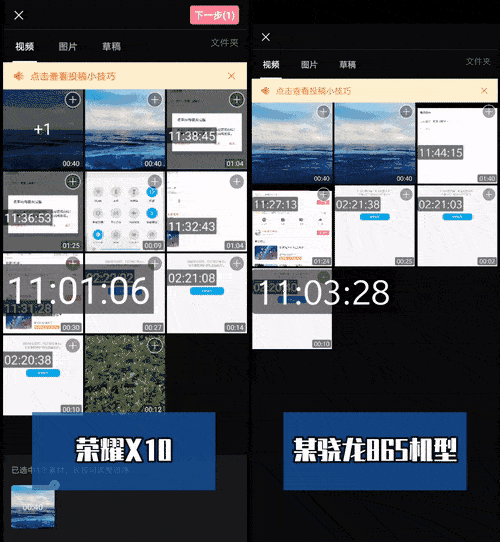
At the beginning of the test, the Kirin 820 5G SoC hit a peak speed of 15.2MB/s like the Snapdragon 865 model. However, it didn't take long for a significant gap to appear between the two. There was a drop in the upload speed for both chips. However, while the Kirin 820 SoC remained at 8-9MB/s, the Snapdragon 865 SoC was at 6-7MB/s. In the end, the Kirin 820 SoC uploaded the video 2s faster than the Snapdragon 865 SoC.
The video file size in the test is 123MB, so there is only 2 seconds difference. However, if the video file size increases to 1230MB, the time saved may reach about 20-50 seconds. For users who frequently upload and send large files, the gap in this experience will be more obvious.
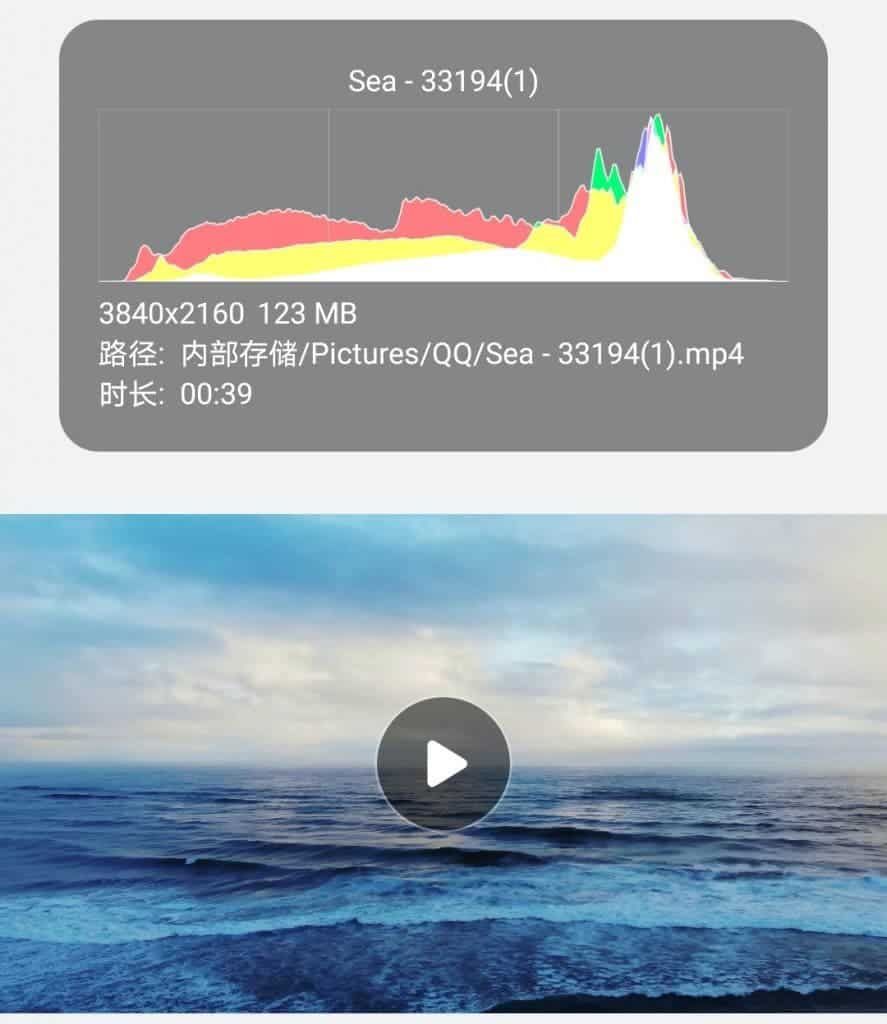
Kirin 820 has an edge over the Snapdragon 865
From the actual measurement, the 5G upload speed of the Kirin 820 is better than that of the Snapdragon 865 model. Thanks to the multiple 5G antennas and super uplink technology of the Honor X10. Taking the two mainstream 5G frequency bands of 3.5GHz and 2.6GHz as an example, Honor X10 uses 1T4R (that is, one for transmitting and four for receiving) antennas, which doubles the number of antennas compared to 1T2R.
In addition, Honor X10 also supports SUL super uplink technology, which can realize TDD/FDD spectrum synergy, high frequency/low-frequency complementation, time domain/frequency domain aggregation, and further enhance the network's uplink capacity and reduce latency. Official data show that "Super Uplink" can increase the uplink rate by 20%-100% in a good network environment, and can increase the uplink rate experience by 412% or even higher at the edge.
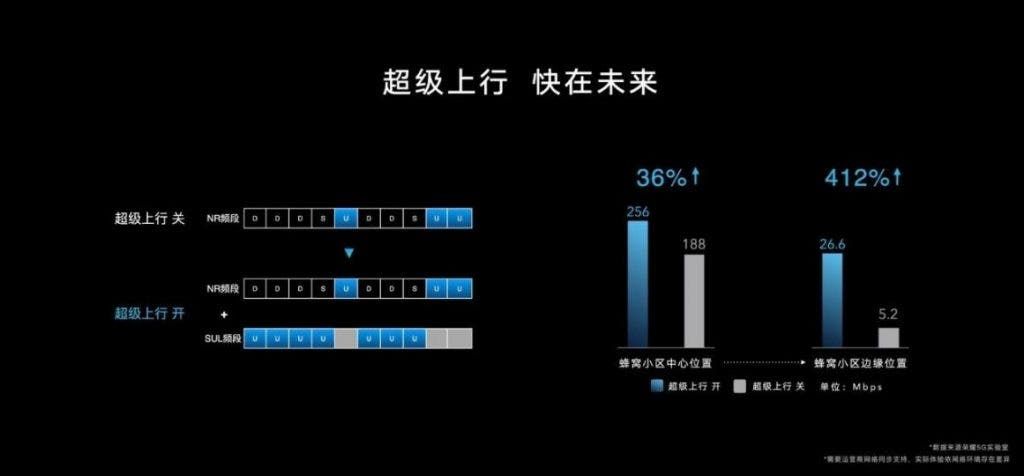
Therefore, Honor X10 is indeed one of the most preferred smartphones for a smooth 5G experience. However, in addition to the baseband, the actual network speed will also be affected by the signal strength, the number of base stations, whether the network is in peak period, whether the user’s 5G package is speed is limited, etc. This requires special attention because there are actually multiple and varying conditions that affect network speed.
You may be wondering why we mentioned only the Honor X10 with Kirin 820. This is because the difference in network speed does not mean that the Honor X10 with Kirin 820 is a "better" smartphone. We will not like to mislead our readers into thinking that the Honor X10 is better than the SD865 model used for this test. This is why we kept the specific Snapdragon 865 model under wraps.
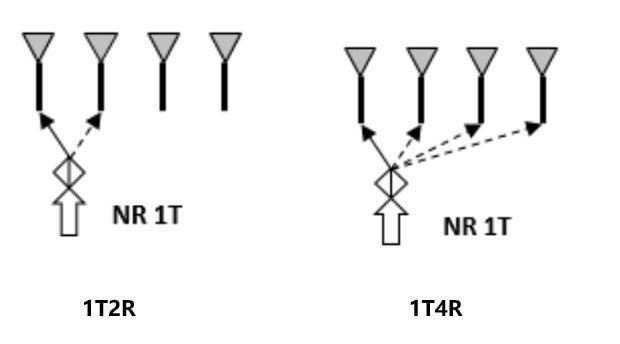
Conclusion
When it comes to the performance (upload and download) of 5G chips, there is more than meet the eyes. No doubt, the overall performance of the Snapdragon 865 is far better than the Kirin 820. However, when it comes to 5G upload speed, the Kirin 820 and higher chips has a clear edge. This is because the 5G baseband solution is different. Huawei's 5G optimization seems to be clearly better than Qualcomm's solution.






Place comments
0 Comments
You are currently seeing only the comments you are notified about, if you want to see all comments from this post, click the button below.
Show all comments